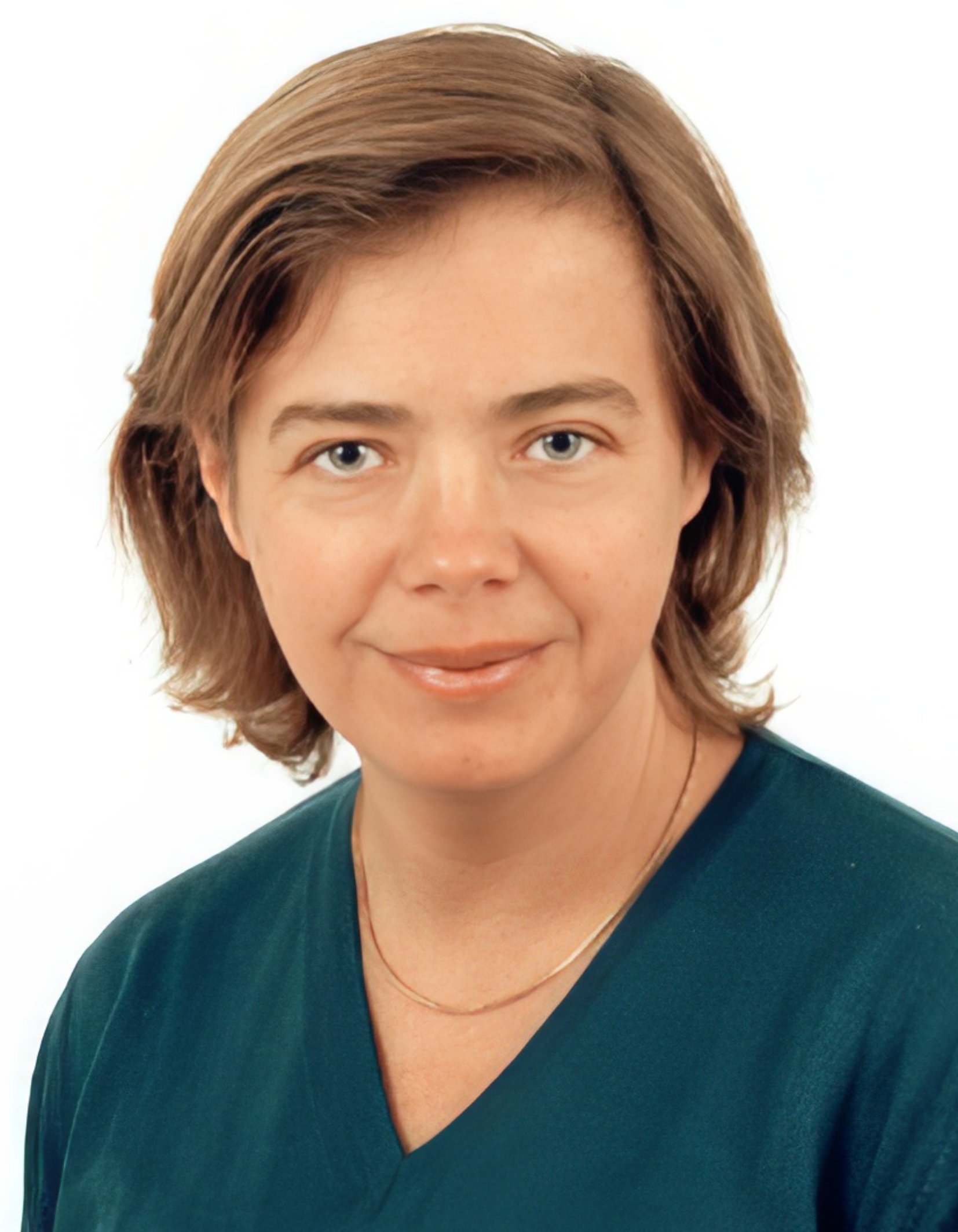Anja Skrivervik

Anja Skrivervik obtained her Master degree in electrical engineering degree from Ecole Polytechnique Fédérale de Lausanne (EPFL) in 1986, and her PhD, also in electrical engineering, from the same institution in 1992, for which she received the Latsis award. After a stay at the University of Rennes as an invited Research Fellow and two years in the industry, she returned part time to EPFL as an Assistant Professor in 1996, and is now a Professeur Titulaire at this institution, where she is the head of the Microwave and Antenna Group. She is also currently a visiting Professor at the University of Lund. Her research activities include electrically small antennas, antennas in biological media, periodic structures, reflect- and transmitarrays, and numerical techniques for electromagnetics. She is author or co-author of more than 200 peer reviewed scientific publications. Her teaching activities include courses on microwaves and antennas, and she teaches at Bachelor, Master and PhD levels. She was director of the EE section form 1996-2000, and is currently the director of the EE doctoral school at EPFL. She is very active in European collaboration and European projects. She was the chairperson of the Swiss URSI until 2012, is a Board member of the European School on Antennas and is frequently requested to review research programs and centers in Europe. She was a member of the board of directors of the European Association on Antennas and Propagation (EurAAP) from 2017 to 2022.
She has been the general Chair of the Loughborough Antenna and Propagation Conference in 2015, Vice-Chair and Technical Program Committee-Chair of EuCAP 2016 conference and financial chair of EuCAP 2017 to EuCAP 2022.
(Closed from) Link budgets for In-, On-, and Off-Body communication: an impossible dream?
Wireless Communication with an implanted sensor represents a huge challenge, for three reasons: first, an implant is either injectable, ingestible, or implantable, which means in any case it has to be physically small. This implies that the antenna used for the link must be highly miniaturized. Second, biological tissues are very lossy, and will thus largely attenuate any wireless signal having to pass through them. Finally, as the implant is placed in a living host, levels of powers that may be used for a wireless link are heavily limited by regulations, in order to protect the host from exposure to electromagnetic fields. Thus, it is of paramount importance that such wireless linked are designed in a way achieving the best possible efficiency in the transmission.
To this aim, good propagation models for electromagnetic fields through biological tissues are required. They should be precise enough to enable a good link budget at the planning stage of a project, and simple enough to enable an easy use. One of the major difficulties in establishing such models is that in the case of wireless communication with a device located in a lossy medium, it is not always possible to decouple the channel (i.e., the propagation in the medium) from the antenna characteristics, as the near field generated by the antenna can couple to the medium through the losses.
In this presentation, the coupling between antenna near-field and a lossy host body will be analysed along with the reflection and diffraction at the body-air interface. Simple closed form approximations will be proposed for the link budgets when possible.
